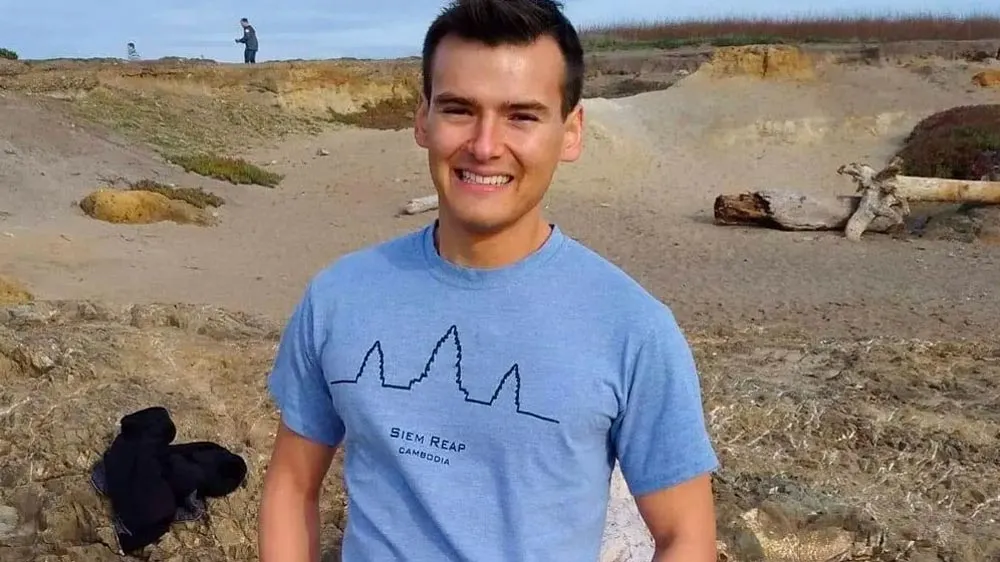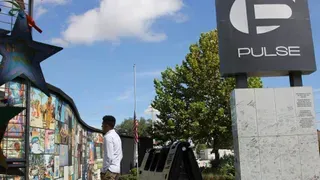February 18, 2016
1930s Electricity Co-Ops Take Internet Initiative
Donna Bryson READ TIME: 4 MIN.
When sisters Caroline Clark and Dianne Rissman set up their quilt shop in the house on their family farm in Iowa 2004, vendors they would call about fabric or thread would helpfully tell them it would be easier to order on line.
"And we'd say, 'Yeah, it would, if we could get on the Internet,'" Clark said and laughed.
She remembered when it could take an hour to download a Web page using their old dial-up connection. Or, once they switched to satellite, waiting until the late-night period when service was cheaper to upload photos onto their own site.
Last fall, they signed up for a new broadband service from their Allamakee-Clayton Electric Cooperative, which serves a region with a population so scattered it has just four customers per mile of electric line.
Last year, their Forest Mills Quilt Shop shipped kits and materials to 27 states and Canada.
"And that's all done through the Internet," Clark said.
Cooperatives that have been bringing electricity to rural America since the 1930s are getting into the broadband business, now that it's communication and information that power the economy.
Allamakee-Clayton cooperative general manager Paul Foxwell said high speed Internet connections could spur development and stem the flow of young people to the cities.
His cooperative got a $1.4 million grant under a 2014 federal program to build infrastructure that includes wireless stations and repeaters, and the Forest Mills Quilt Shop is among its first several hundred fixed wireless subscribers.
"Rural America was being left in the dark with the extension of electricity outside the cities," said Jasen Bronec, CEO of the Delta-Montrose Electric Association.
The group last year decided to offer broadband in response to frustrations on farms, ranches and small towns that being unconnected hurts business, hampers access to health care and leaves students behind.
Farmers in central Missouri were stuffing notes into their electric bills asking whether the 25,000-member Co-Mo could do anything to help with broadband, the cooperative's General Manager Ken Johnson said.
Co-Mo started building its broadband network in 2013 and now has 11,000 subscribers.
Ryan Newlon got his Co-Mo connection just in time, before a Missouri National Guard deployment to Kosovo in 2014. It meant he was able to Skype with his children, then ages 4, 6 and 9.
Without it, he would have been largely limited to a much more old-fashioned way of staying part of his children's lives during the nine months he was in Kosovo.
"The days of writing letters and waiting for them to arrive, a lot of people think those days are gone. But in rural America, they're not," he said.
Mike Keyser, CEO of a Virginia co-op that will be providing broadband within a year and a half, is convinced it is "up to the electric cooperatives to step up and provide. If they don't, then the customers won't get it."
The Federal Communications Commission estimates 39 percent of America's rural population is without access to fixed broadband at a benchmark speed of 25 Mbps for downloads and 3 Mbps for uploads, compared to 4 percent in urban areas.
The numbers are similar in Colorado, according to Brian Shepherd, who manages the broadband program of the state Office of Internet Technology.
Shepherd shared a story he heard from Delta, a town of just under 9,000 that is 300 miles west of Denver, of farm kids bringing homework to the library parking lot so they can do online research.
They log onto the wireless network the librarian thoughtfully left running when she closed up.
Fiona Arnold, the director of the state's Office of Economic Development and Trade, said policy makers are concerned that the digital disconnect is increasing the "divide between haves and have nots, between rural and urban."
Broadband companies that answer to shareholders say scattered populations and difficult access make business unprofitable in much of rural America.
"Distance, density and terrain are always factors," said Mark Soltes, assistant vice president for public policy and government affairs for CenturyLink, the telecommunications firm which provides internet service in Colorado.
Last year, CenturyLink got an FCC grant of just over $500 million to use for rural broadband projects in 33 states. Similar grants have been made to other major carriers.
Soltes said talking to potential customers has been part of preparing for the project in Colorado.
"We have been around the state, we have heard the frustration," he said.
Making the math work despite the challenges is a concern for the 850 electricity cooperatives across the country who are members of the National Rural Telecommunications Cooperative, its CEO Tim Bryan said.
Bryan said numbers were hard to pin down, but that he believed about 10 percent of his electricity members were providing broadband service to consumers.
In Colorado, Arnold said the state wanted to provide tax and other incentives to encourage the private sector to move into hard-to-reach areas of Colorado.
As a measure of citizens' frustrations, she cited not only rural utility cooperatives' efforts, but elections last November in which voters in 43 rural and mountain Colorado communities called on their leaders to enter the broadband business.
Colorado is one of 19 states with laws aimed at preventing governments from competing with telecommunications companies by providing Internet access. Here, the restrictions can be overturned by voters on a municipality-by-municipality basis. The 43 measures on November ballots were the most since the Colorado law was passed in 2005.
Better connectivity can have its downside. The Iowa quilting entrepreneur was responding to an order on Thanksgiving and wondering who would be shopping on a holiday. Then she realized the customer was in Canada.
"It is good to be occasionally unplugged from work," Clark said.





